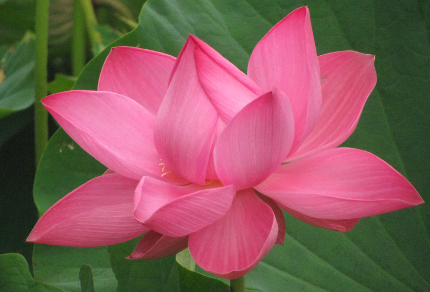At daybreak I walked in drizzle, the nagging calls of little corellas picking holes in the air. House sparrows chirped cheerfully, and a female eastern koel – her plumage all speckled brown and barred white capped with a hat of black – cried out a ringing alert, as though she were a sentry posted to warn of imminent attack or the presence of sketchy-looking Canadian women bearing binoculars.
While I strode on terra firma, I thought of the fact that tens of kilometres off the coast of Queensland, the Great Barrier Reef has embarked upon a seasonal extravaganza of mulitiplication. The corals are spawning. This I learned from an ABC News broadcast last evening. In an annual event, the Reef’s 400 species of corals are releasing eggs and sperm into the Coral Sea. There, some of the oppositely-gendered gametes meet, join in fertilization, and initiate the formation of pelagic larvae called planulae that float in the ocean for days or weeks before settling down to the sedentary lives of their parents.1,2
Although coral spawning is a once-a-year event, it occurs at different times depending on the location of the coral reefs. Corals on inshore reefs spawn 1-6 days after October’s first full moon, whereas those on offshore reefs spawn in November and December. At any given site, spawning – which turns the ocean milky with eggs and sperm – lasts for about a week, with different species of corals releasing their gametes on different nights, thus preventing hybridization.2
Three environmental triggers have been identified that correlate with the onset of spawning. The first of these is seasonally increasing ocean temperatures. Warm water accelerates the development of eggs and sperm within the coral polyps. The second trigger is the lunar cycle, with the onset of spawning usually timed to follow a full moon. (The news report mentioned an onset of spawning that began 5 days after the full moon of November 22.) The third trigger is the diurnal cycle. Corals never spawn during the day, only at night.1,2 I recalled my introductory dive among the corals at Moore Reef and wondered if the plate, table, boulder, spaghetti, finger, and staghorn corals I saw in those gardens have already spawned.
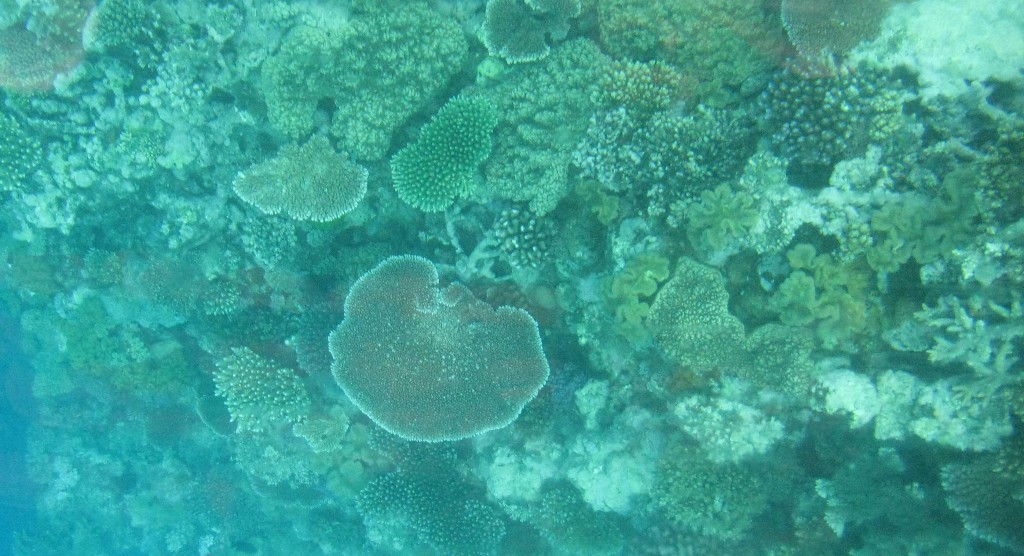
Coral Garden at Moore Reef, Great Barrier Reef (© Magi Nams)
After breakfast, I once again donned the ‘long clothes’ to deter mosquitoes and walked to Anderson Park Botanical Gardens, which I hadn’t visited for months. On my arrival, I caught a glimpse of bush stone-curlews sneaking away into rainforest vegetation in the Cape York display, and of a laughing kookaburra with prey in its beak, the chisel-beaked Australian icon flapping over shadowed lawns to some unseen perch where it or another kookaburra erupted into wild, demonic laughter.
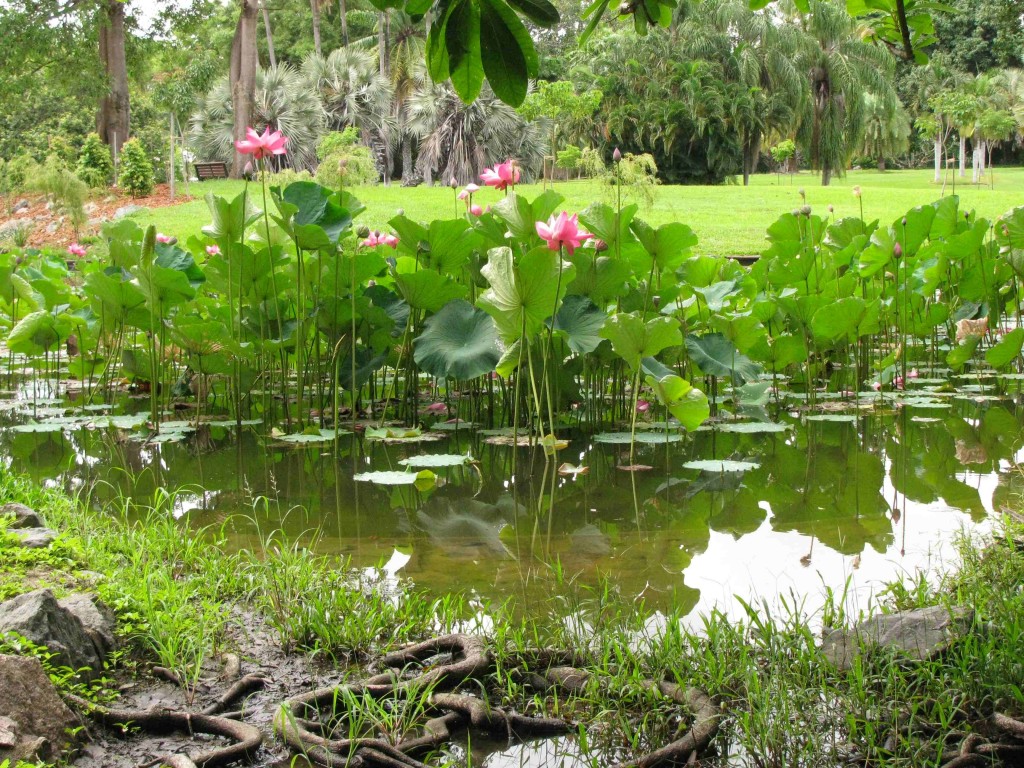
Lily Pond, Anderson Park Botanical Gardens, Townsville (© Magi Nams)
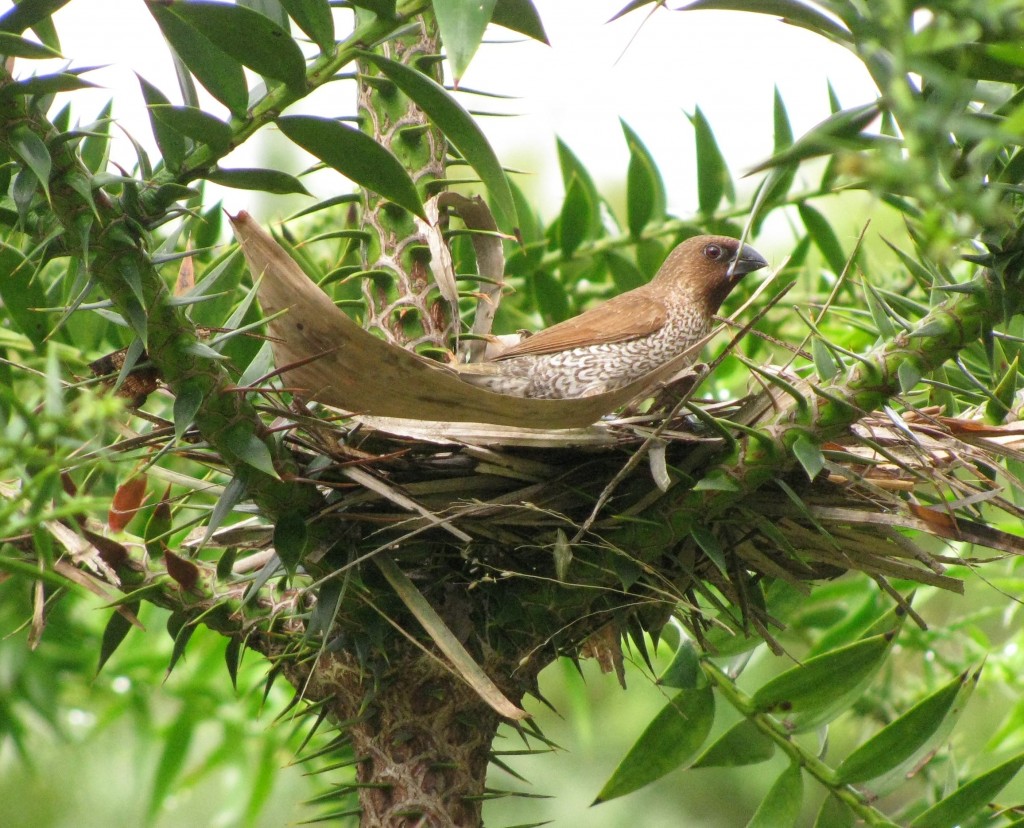
Nutmeg Mannikin at Nest (© Magi Nams)
The Gardens, which are Townsville’s largest, soothed my restless spirit with their spacious plantings, massive clumps of bamboo, soaring fig trees, and elegant avenues of palms and eucalypts. I spotted a pair of tiny nutmeg mannikins carrying strips of bark to their unfinished egg-abode in a young pine tree; also, a trio of little black cormorants perched in a pandanus palm and a striated heron stalking prey along the border of the lily pond. Other birds, including a varied triller and channel-billed cuckoo, filled the Gardens with a shifting chorus of sounds, some easily classed as song while others scratched or prodded the air surrounding me.
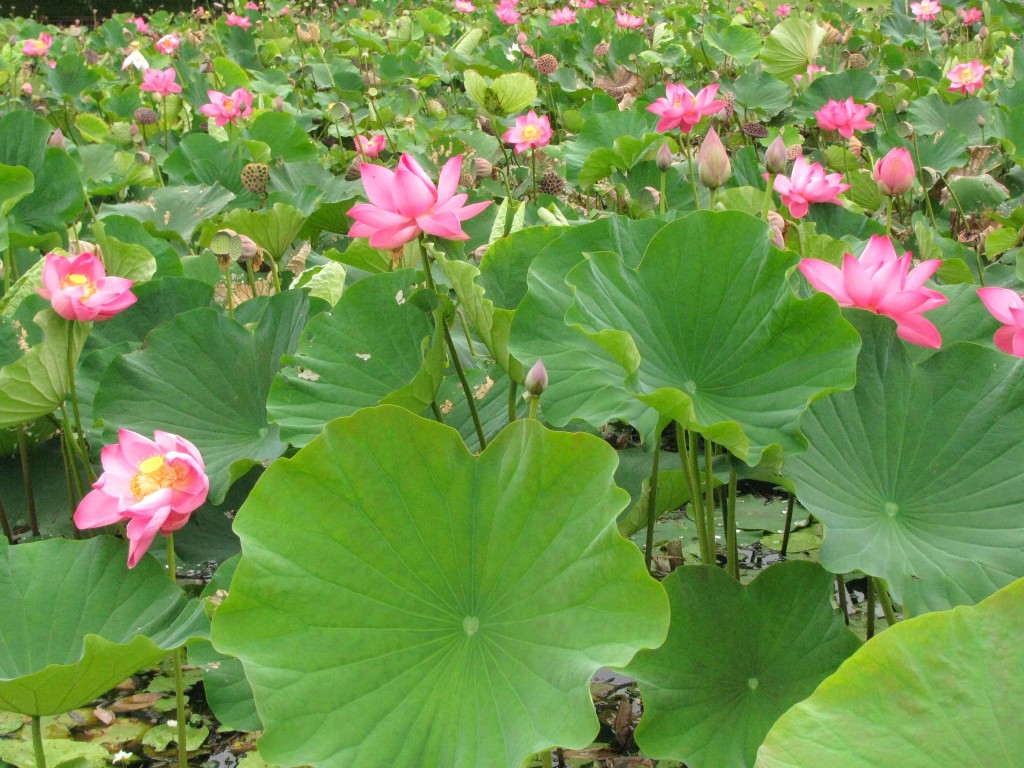
Lotus Lilies, Anderson Park Botanical Gardens (© Magi Nams)
Had I seen or heard none of these things, my time spent at the Gardens would have been worth it ten times over simply for the lotus lilies. Magnificent pink blossoms the size of dinner plates stood high above the pond surface, their yellow, pollen-rich stamens visited by hungry insects. Thick, tear-drop buds that would fill my hand stood at attention with luscious grace. Fading blossoms with missing petals resembled dishevelled dresses after a wild party, and seed pods, which in the fullness of time had formed from such dishevelled blossoms, topped green stems with the spare, eccentric attractiveness of a club head or microphone. The leaves were giant, rumpled medallions of middle green that might as well have been stamped with the words ‘Made in the Tropics.’
I walked around the pond, lingered at its edges, attempted to capture some of the essence of those incredibly lush lilies simply growing there in the centre of Townsville for anyone to see. Their beauty was perfect.
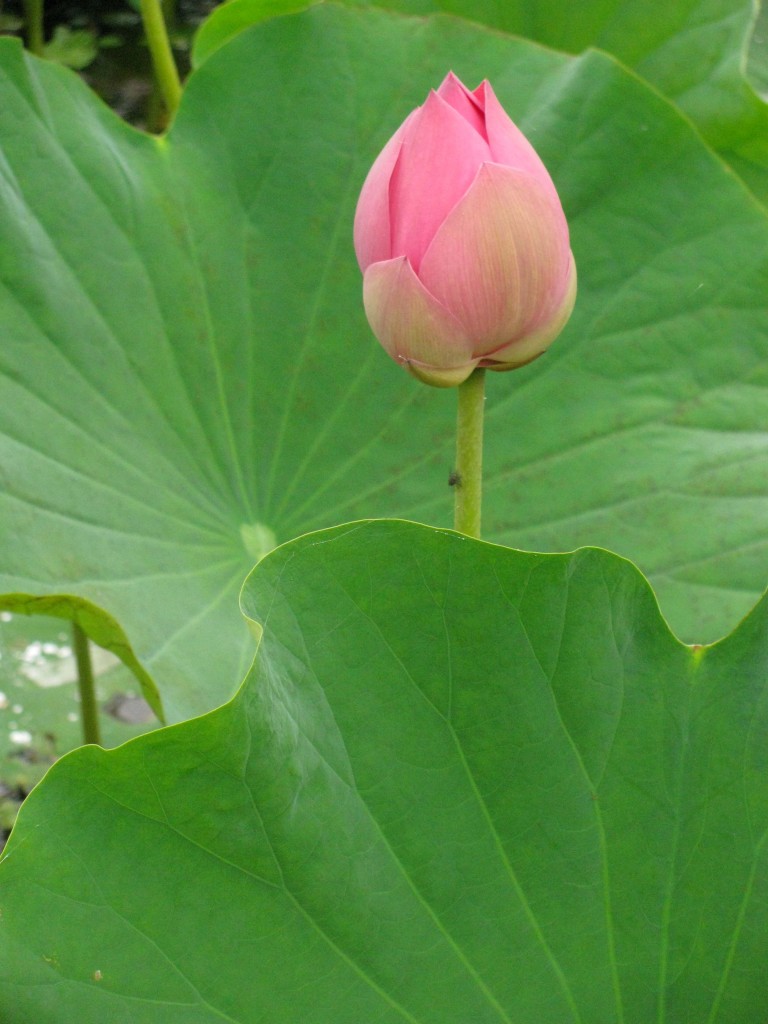
(© Magi Nams)
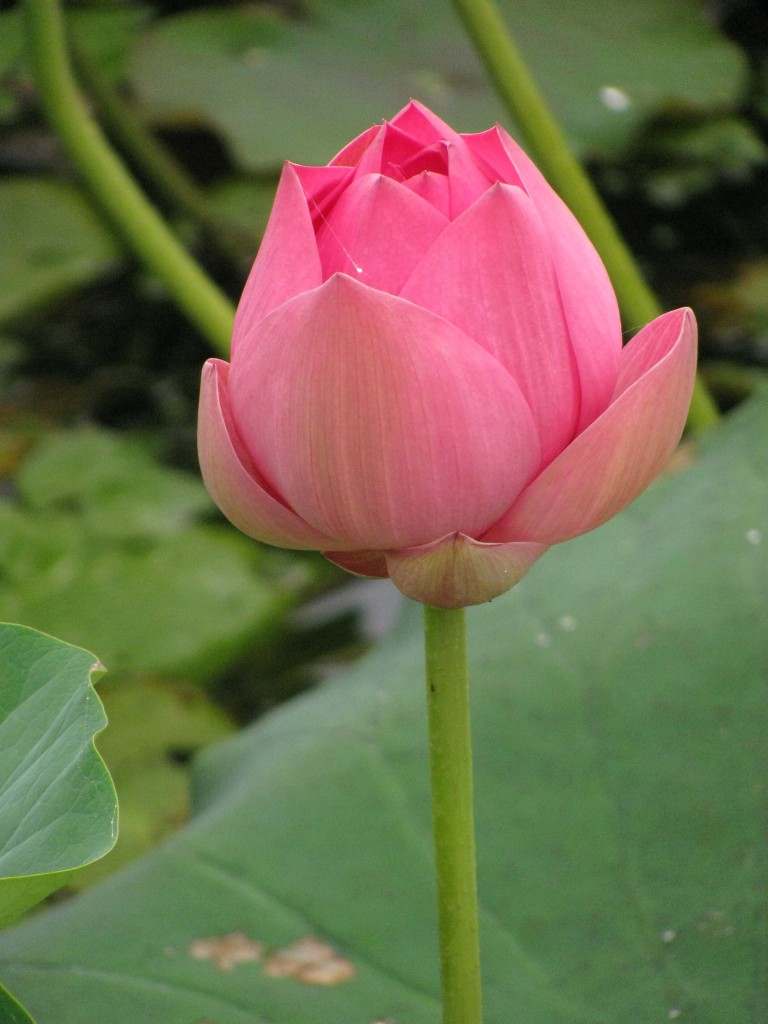
(© Magi Nams)
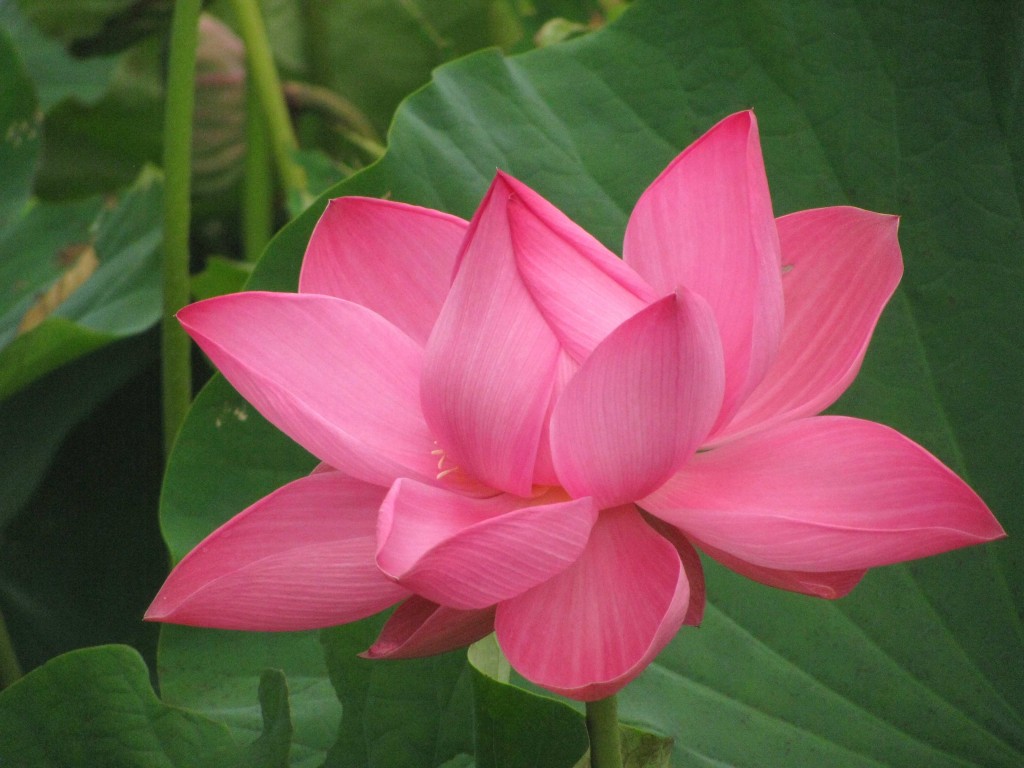
(© Magi Nams)
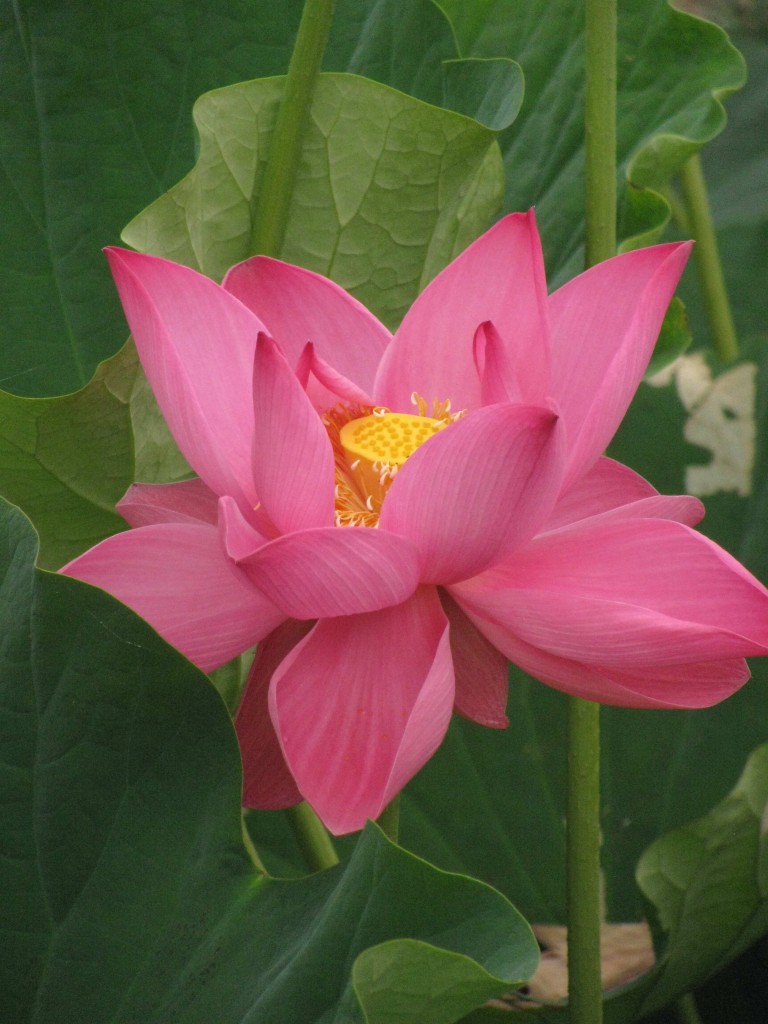
(© Magi Nams)
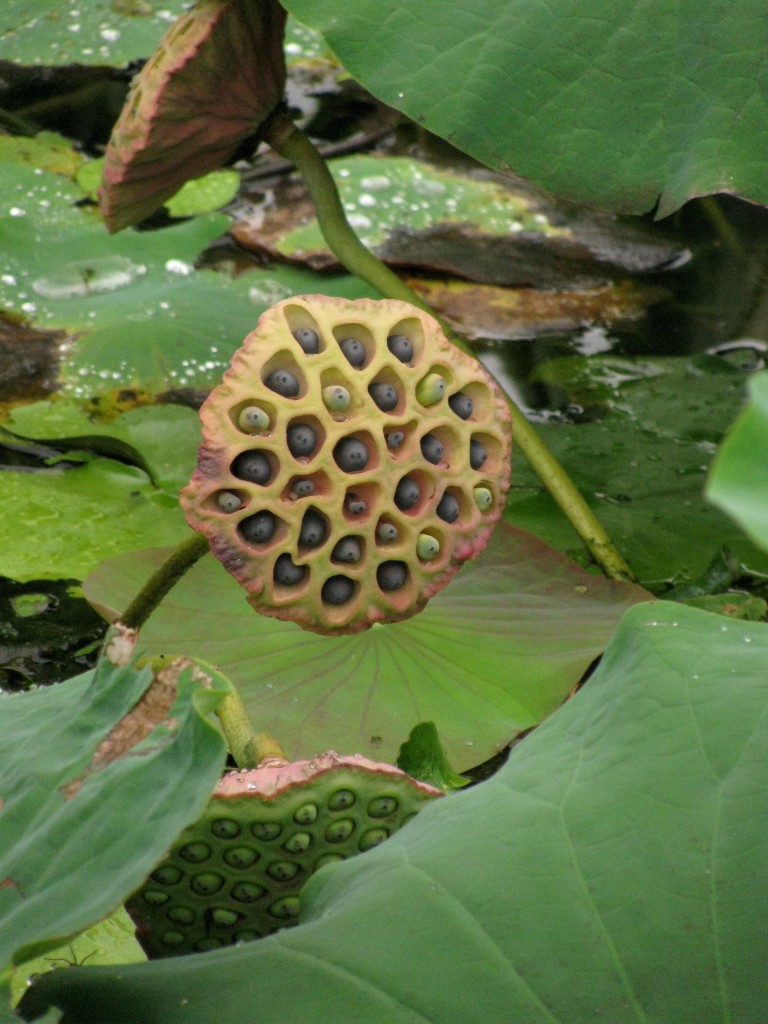
(© Magi Nams)
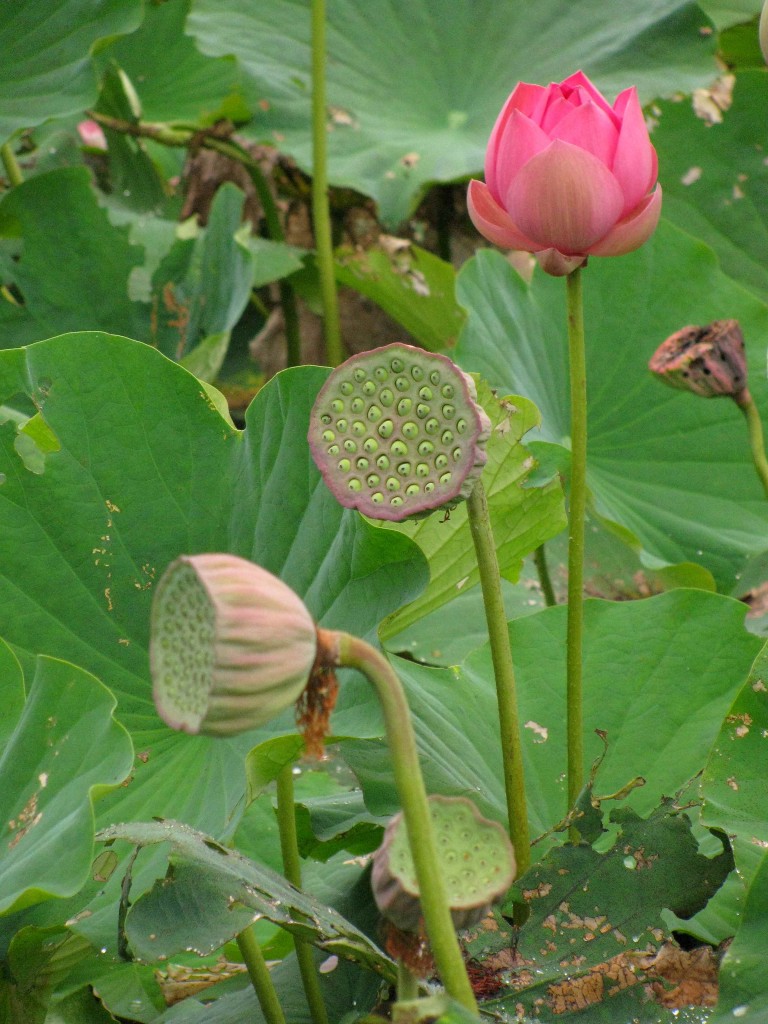
(© Magi Nams)
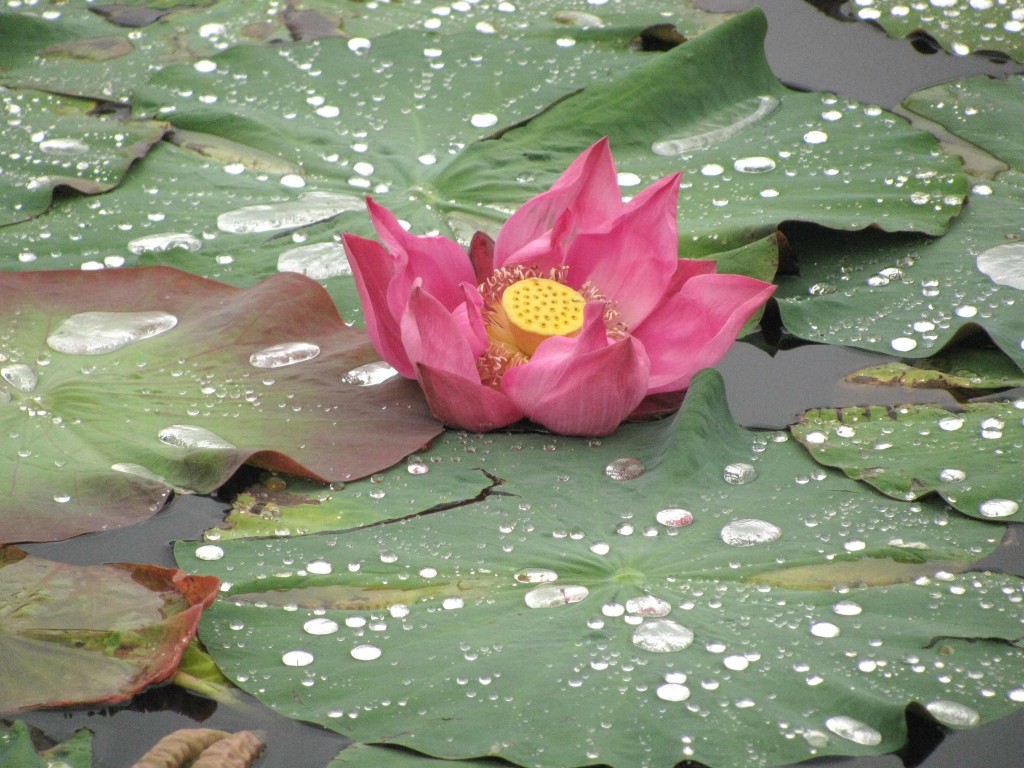
(© Magi Nams)
Today’s birds: peaceful doves, house sparrows, little corellas, eastern koels, rainbow lorikeets, white-breasted woodswallows, blue-faced honeyeaters, magpie-larks, mynas, Pacific black ducks, Australian white ibises, helmeted friarbird, figbirds, nutmeg mannikins, laughing kookaburra, channel-billed cuckoo, bush stone-curlews, spangled drongoes, varied triller, yellow honeyeater, pied imperial-pigeons, Australian magpies, white-gaped honeyeater, little black cormorants, striated heron, plumed whistling ducks, masked lapwings, red-tailed black-cockatoos, scaly-breasted lorikeet, magpie geese, rainbow bee-eaters.
References:
1. Kerrin Binnie. Coral spawning used to predict climate change effects. ABC News PM. November 29, 2010. © 2010 ABC. Accessed 30-Nov-2010. http://www.abc.net.au/pm/content/2010/s3079711.htm
2. Australian Government, Great Barrier Reef Marine Park Authority. Coral Spawning. Fact Sheet No. 20, May 2006. Accessed 30-Nov-2010. http://www.gbrmpa.gov.au/corp_site/info_services/publications/newsletters/fact_sheets

